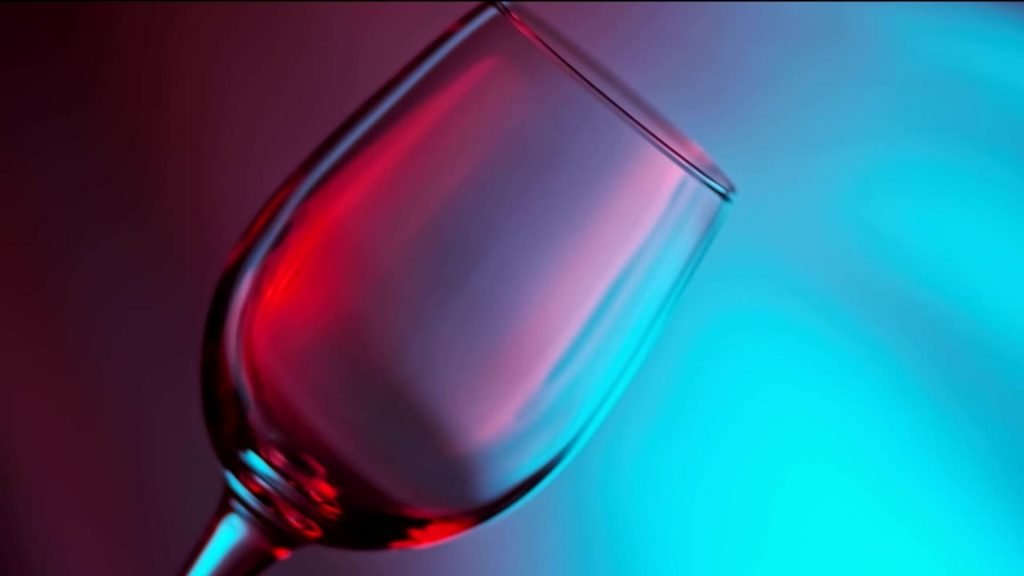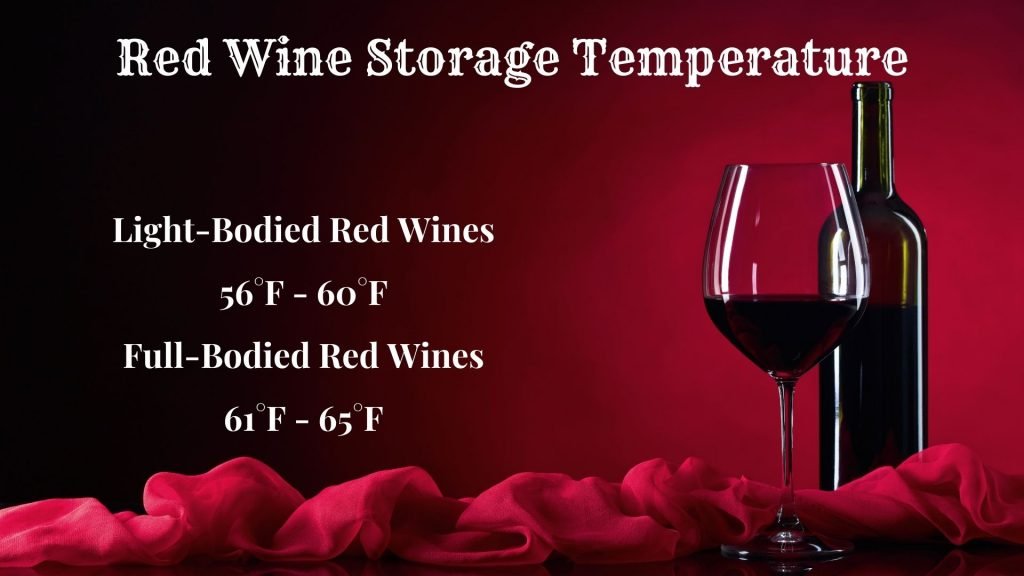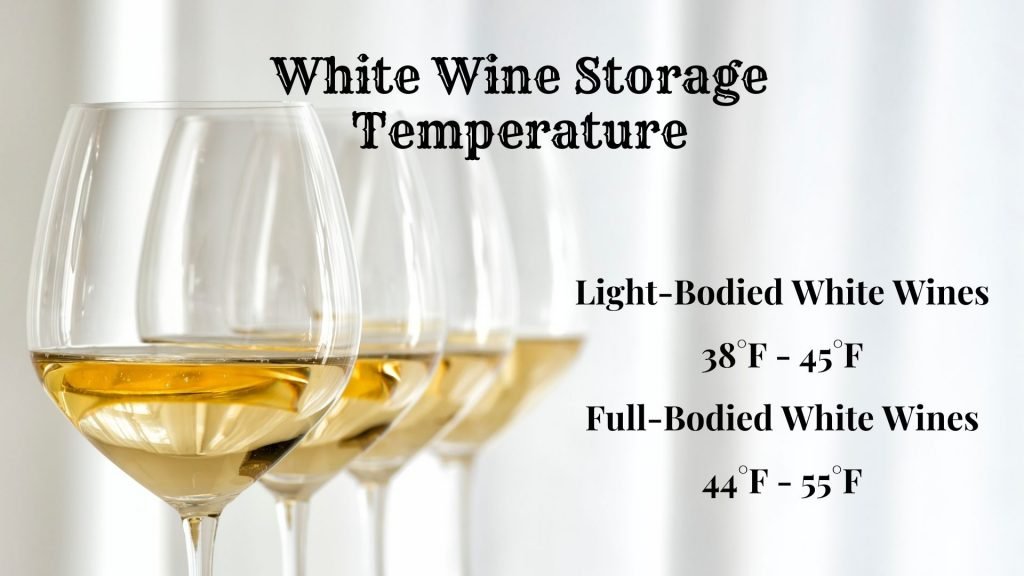
Creating the ideal home wine cellar is a rewarding endeavor, but for those new to the process, determining the optimal wine storage temperature can pose a challenge. With a plethora of wine storage temperature charts available, selecting the right one may seem daunting. Fear not, as I’ve compiled some valuable tips to assist you in choosing the perfect temperature for your wine cellar.
First and foremost, consider the specific needs of the wines you plan to store. Different types of wines, whether red or white, demand distinct storage conditions. Understanding the nuances of wine storage temperatures ensures that your collection matures gracefully.
To set the stage for an impeccable wine cellar, it’s crucial to strike a balance. Aim for a temperature range that aligns with generally recommended standards, avoiding extremes that could compromise the integrity of your wines. Maintaining a consistent and moderate wine cellar temperature is key to preserving the flavors and aromas locked within each bottle.
In your pursuit of the ideal wine storage temperature, leverage reputable wine refrigerator temperature charts as valuable references. These charts offer insights into the nuanced requirements of various wines, guiding you toward an environment conducive to their optimal development.
Remember, the journey to the perfect wine cellar temperature is a personalized one. Tailor your approach based on the types of wines you love, ensuring that each bottle reaches its full potential. By embracing these tips and understanding the intricacies of wine storage temperatures, you’ll embark on a delightful journey of nurturing a collection that only gets better with time.
Also Read: How To Store Wine at Home
Wine Storage Temperature Chart
As you know, the wine is stored in the refrigerator for an extended period of time; there is no need to keep it in a cold place. This will not affect the taste of your wine. So, if you have a small home, then you can keep your wine in the fridge, but if you have a large wine collection, then you should keep it in the cellar.
Red Wine Storage Temperature Chart
The Red Wine Storage Temperature Chart is a very useful chart that helps you know the best temperature to store red wine at.
The right temperature can make a difference in how a wine ages. The best storage temperature for red wines is between 55°F and 65°F.

White Wine Storage Temperature Chart
If you are thinking about storing white wine at a certain temperature, you should know that it is possible to store white wine in a refrigerator or freezer without affecting the quality of the wine.
The best way to store your favorite white wine is at a constant temperature, which will keep it fresh and ready to drink. White wines are among the most delicate of all wines.
Also read: How Long Can You Store Wine at Room Temperature?
They are sensitive to fluctuations in temperature, and storing them at too high a temperature can cause them to oxidize and become less palatable. White wine should be kept between 45 and 55 degrees Fahrenheit (10 and 13 degrees Celsius).

Balancing Act for Wine Storage
For those with limited space, storing wine in the refrigerator is a viable option, especially for short-term preservation. However, for collectors boasting an extensive wine library, a dedicated cellar proves to be the optimum choice. This ensures a stable and controlled environment, allowing each bottle to age gracefully over time.
By incorporating these insights into your wine storage routine, you’re not only safeguarding the integrity of your cherished bottles but also elevating your overall wine appreciation experience. Cheers to the perfect blend of knowledge and passion in preserving the essence of fine wines!
Unlocking the Secrets of Wine Storage Temperature for an Elevated Tasting Experience
For the true connoisseur, the journey of wine appreciation extends beyond uncorking a bottle; it delves into the meticulous art of proper storage. The impact of wine storage temperature on the flavor profile and longevity of your collection cannot be overstated. Let’s explore the intricacies of maintaining the perfect environment for your cherished bottles.
Understanding the Significance
Whether you’ve chosen the classic allure of a cellar or the contemporary charm of a wine rack, comprehending the transformative nature of wine over time is essential. Wines, especially those meant for aging, undergo subtle changes after two years if not housed in optimal conditions. The key lies in preserving the delicate balance of flavors, aromas, and textures that make each bottle unique.
Also Read: How To Store Wine After Opening
Selecting an Ideal Storage Space
The sanctity of your chosen storage space sets the stage for the entire aging process. Optimal wine storage demands a location with both an ideal temperature and humidity level. Recognizing that an improper temperature can lead to irreversible alterations in taste emphasizes the importance of thoughtful selection. Aim for a space that shields your collection from extreme temperature fluctuations and excessive humidity.
Employing Airtight Bottles and Strategic Placement
The initial step in safeguarding your wine collection is housing it in airtight bottles. This not only prevents external factors from compromising the wine but also creates a conducive, dry environment for preservation. Equally crucial is the strategic placement of your bottles. Choose the coolest section of your dwelling to shield your wines from the detrimental effects of heat. Avoid storing bottles in the kitchen or bathroom, as these areas expose them to fluctuating temperatures that can compromise their integrity.
Balancing Humidity at 5%
For those fortunate enough to have a dedicated cellar for wine storage, maintaining a humidity level of around 5% is a nuanced yet vital consideration. This delicate balance enhances the overall tasting experience, contributing to the development of nuanced and complex flavors. However, a cautionary note: excessive humidity can be just as detrimental as insufficient levels, potentially leading to an altered taste profile and diminishing the quality of your collection.
Also Read: How Long Does Beer Last In The Fridge
Conclusion: Elevating Your Wine Experience
In conclusion, the journey of wine appreciation is a dynamic interplay between time, temperature, and environment. Storing your wine at the right temperature is not merely a task but a commitment to unlocking the full potential of each bottle. Factors such as bottle type, specific gravity, and aging duration all contribute to the nuanced art of wine storage.
For those navigating the intricate landscape of wine care, a well-referenced temperature chart can serve as a guiding light, ensuring that each bottle is given the opportunity to age gracefully, ultimately delivering an exceptional tasting experience that transcends the ordinary.
